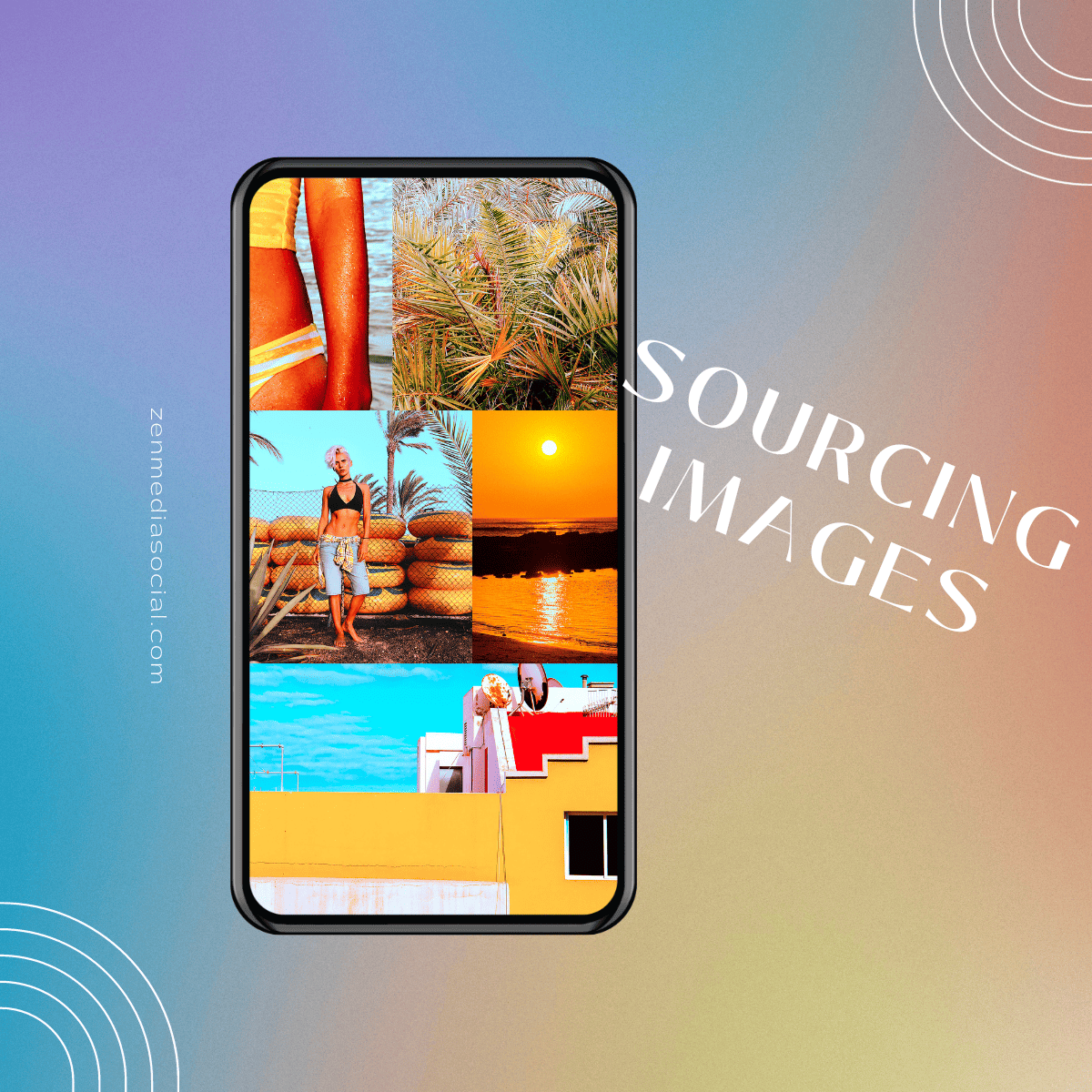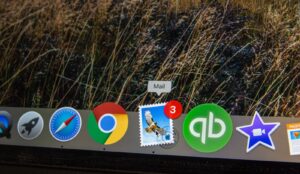Keep Your Ethics Strong when Sourcing Images for Your Marketing
Using images and video in social media and marketing is an essential part of capturing attention, conveying messages, and enhancing your brand visibility. But where you get images really matters! A lot! You can quickly find yourself in hot water and face legal issues if you don’t keep a few things in mind. Every image and video you use has to be legally obtained and not infringe on copyright or usage rights. A good rule of thumb – if you don’t know if it is ok to use it do not use it.
Understand Copyright and Usage Law
Before you source images or video, familiarize yourself with the basics of copyright and fair usage law. Most photos and videos taken by individuals and organizations automatically have copyright protection. That means you can use them without written permission. Finding an image on Google, Bing, or another website does not mean you can use this at will in your business.
So what are your options?
Use Free Image Sources with Proper Attribution
There are many free image and video sources that offer media for commercial use. Many of them do require attribution.
- Unsplash
- Adobe Stock – Nota Bene: Adobe offers some free images but includes many of their non-free images in your search results
- Pixabay – attribution required
- Pexels
- Flickr’s Creative Commons Section
Use a Design App
In our cool new modern reality there are tons of awesome apps (or websites) that let you design really great social media and website graphics. Many of them are entirely free and provide a large selection of graphics, photos, and videos for free. Pro Tip: Many of these tools also offer subscriptions that give you a greatly expanded library of resources – so consider paying for a subscription to get those resources.
- Canva Our favorite. Canva is a highly versatile design program. Their Pro subscription provides not only tons of stock images and video but also gives you lots of awesome pre-made designs that you can quickly adapt and change.
- Adobe Express – Adobe also offers a great design tool to help you rapidly create content. Note that although free this services has lots of upsells to paid Adobe resources
- Crello When Canva was just an idea Crello was already on the seen. It also offers a variety of different templates and lots of stock material.
- Stencil Stencil is anotehr tool that has been around and offers a few different takes on design that you may find refreshing.
- InVideo.io For Video this is by far our favorite platform. It has a ton of templates and ideas plus a healthy dose of both stock images and stock video. You’ll gain far more access with their subscription service. Remember that video often has much higher engagement so you might want to try it!
Create Your Own Content
The best way to avoid copyright and licensing issues is to create your own images. Use your smartphone or a professional camera to take your own photos.
!
A Note on Stock Photographery
Years and years ago it was necessary for business owners to spend a significant amount of money on purchasing stock photography from companies like Adobe Stock, Shutterstock and Getty Images. However, this is a very expensive thing. Images can cost thousands of dollars. Today, most design software like Canva already provide a huge library of licensed images for your use. Even the more traditional services mentioned above offer subscriptions that give you rights. The only reason to use a service and purchase a license for an image today is when the image you need cannot be found in one of the design services that you use.
Reach Out to Photographers Directly
If you find an image on the Internet that is just perfect to communicate your message you can reach out to the photographer directly. Many photographers are very open to selling licenses or granting permission to use their work. It can’t hurt to ask.
Use Public Domain Images
Public domain images are free from all copyright restrictions and can be used without asking for permission. Websites like Public Domain Pictures or Wikimedia Commons host images like this and are a great resource for you.
Beware of Misleading Licenses
Not everything that has the word “free” on it is truly free. There is an entire industry of Law Firms that seed the internet with images that they imply are free but then contact you with a demand letter. This dubious practice is entirely legal if not moral or honest. If in doubt – use a paid source. Nota Bene: you can often detect these honeypot sites because they also have a large number of ads on the page in an effort to further montetize their scammy site. These are often very niche specific sites and feature one type of image.
Beware Relying on Your Web Designer or Marketer to Follow Best Practices
Not all web designers or marketers take copyright as seriously as they should. There are some cultures where the concept of copyright law simply does not exist. For example, India did not have copyright laws until the late 1990’s! Many South Asian Digital Marketers have a very loose concept of copyright or no concept of it at all. This is not meant to be a slander – it is just a truth of employing contractors overseas. It is more important that you are aware of this potential issue rather than be politically correct. It is a good idea to have a frank talk with your contractor to make sure they understand Western copyright and will respect it when doing work for you. I would even suggest having a plain language guidelines document to give them and ask them to sign it before beginning work. I have encountered blatant intellectual property theft multiple times when working with overseas contractors. The same goes for US-based marketers. In my experience, those who grew up with the modern Internet often have a misconception that if they “found it on the Internet” it is free. This is not the case.
Protect Yourself and Your Brand
It is important that you keep these guidelines in mind and use licensed resources. I recommend keeping a document in the Cloud (like a Google Doc) called “Media Rights” where you keep a log of where you have sourced images and video. You do not need to log every single image if you are routinely using the same tools. I would keep a log of any “one off” sources or when you use a website or App that is not in your standard toolbox. You may also want to convert that document to a “hanging page” on your website and update it several times a year.
If you have any questions about media rights or creating content we’re here to help! Reach out!





